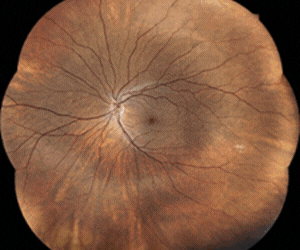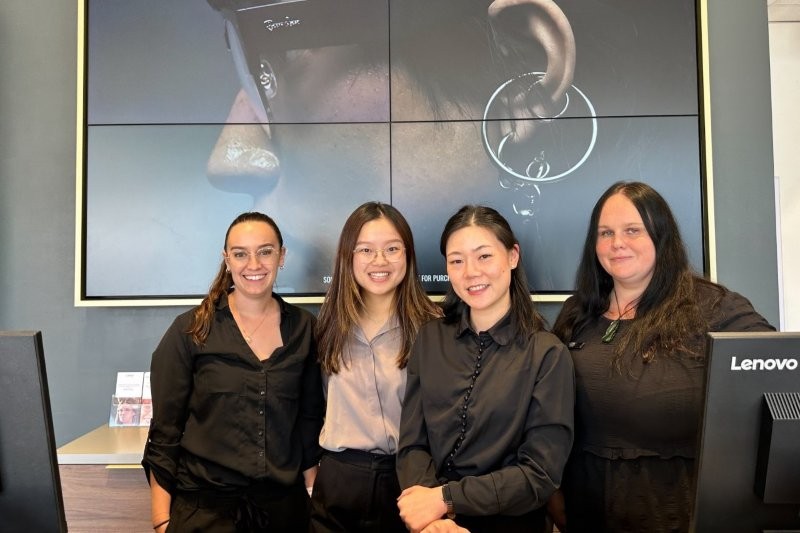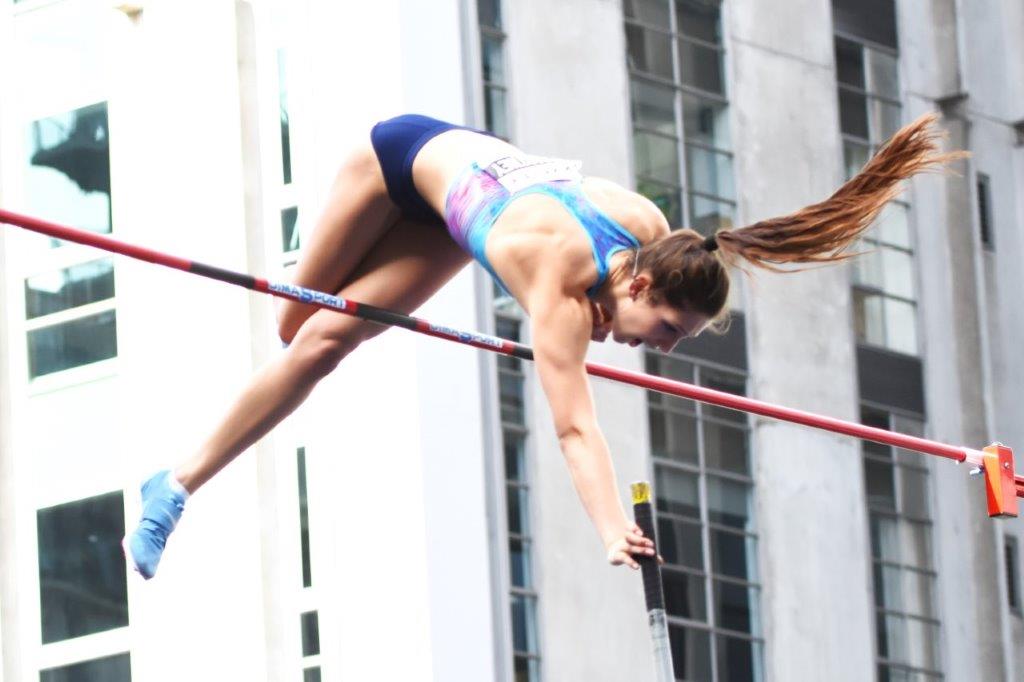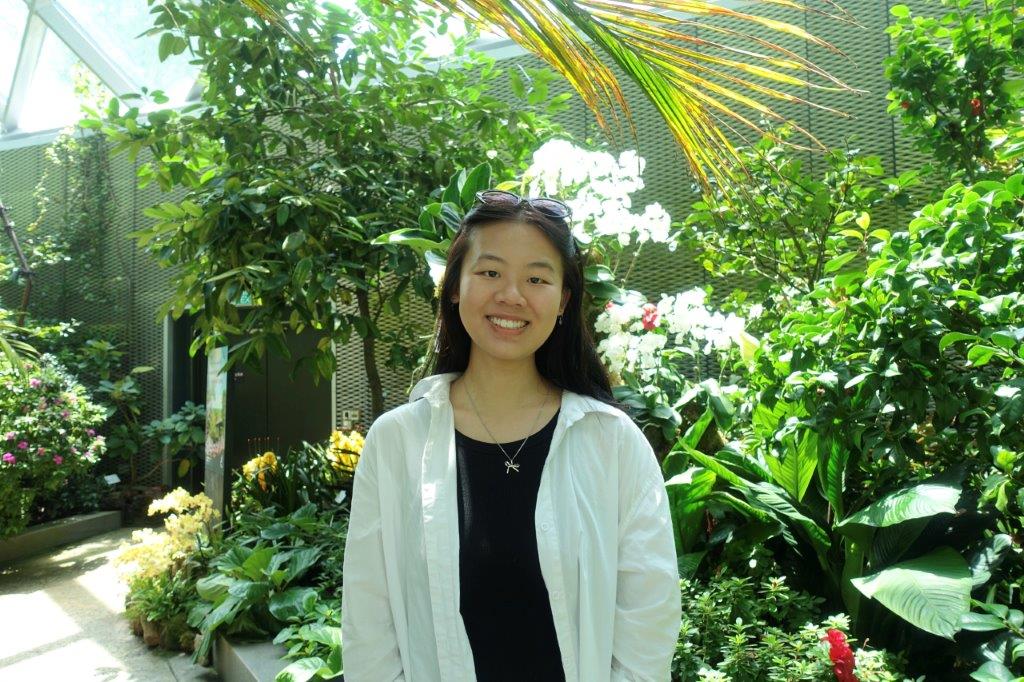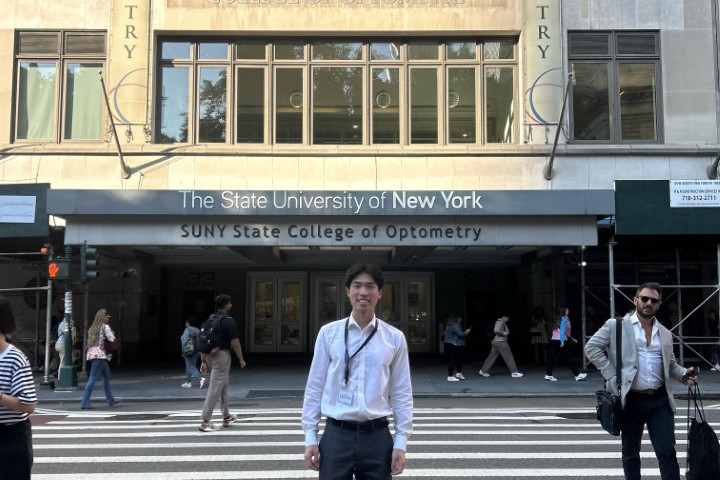The power of a good adjustment
As dispensing opticians (DOs), not only are we the frame and lens experts, we are also the adjustment experts. The prescription, frame and lens recommendation may be excellent, but if the adjustment is poor, the glasses are being set up to fail. It’s a skill that takes practice to refine, but one of the strongest in a DO’s toolbelt.
Consider the optics
Let’s first consider the intended optical performance of spectacles. For the lenses to act as the prescriber intended, the facial and frame measurements need to be taken accurately, as well as a good fitting at the time of dispense and collection.
For many lenses – including progressives, multifocals, even position-specific single vision – height measurements are crucial. If the lenses are not sitting in the correct position when measurements are taken or when the patient collects, the height of the lens will be affected. For progressives this results in the fitting cross not sitting at pupil centre, throwing off the zonal positions. For bifocals the segment may be too high or too low, causing issues with comfort when using the near segment. For single-vision lenses with heights set – such as aspheric designs – poor measurement results in the line of sight (corresponding to the eyes’ centre of rotation) not passing through the optical centre of the lens. According to ophthalmic expert Professor Mo Jalie from Ulster University, Northern Ireland, this is needed for the optical performance of the lens to match the designer’s intention.
The accuracy of centration distance will also be affected by the final fit. If nose pads are not adjusted evenly, the centration distance of the lenses will not align with the pupillary distance measured on the patient.

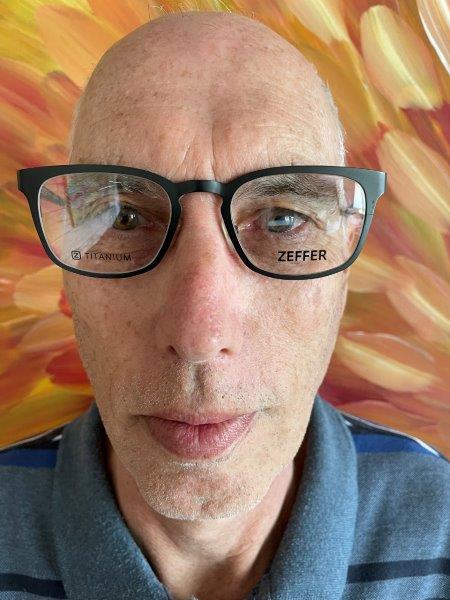
Nose pad placement can shift the centration distance if not adjusted evenly
Should the horizontal alignment be out, or if the lenses are not sitting in the same plane, the back vertex distance and wrap may be uneven or not in an appropriate position. The importance of back vertex distance for high-powered prescriptions is paramount – if they are not sitting at the same distance to the eye as the lens was in the test room, they will behave differently. This is a topic the Australasian College of Optical Dispensing (ACOD) delves into deeper in its certificate IV course. As DOs we are required to look at compensating the prescription where needed to ensure the effective power of the lens remains as the prescriber intended.
Comfort is key
Ensuring the comfort of spectacles for our patients is also an essential part of the fitting process. For some patients, temple tips that dig into the mastoid area can trigger migraines, or at the very least headaches and discomfort.
The importance of before and after fittings
A detailed fitting should be done prior to any measurements being taken. This point has proved controversial in ACOD workshops. Many students have raised the issue of time constraints with using stock frames and having to restore the displays to standard alignment afterwards. Consider the repercussions, however, if this didn’t happen. Since final fitting directly impacts where the lenses sit on a patient, measurements not sitting in the desired position result in return visits from patients and often remakes. Worse, unsatisfied patients could take their business elsewhere.
A final fitting should also take place at collection. It’s imperative this is done with care to ensure the lenses are sitting in the desired position as at dispense.
The aim is to have secure spectacles that do not exert uncomfortable pressure. Using the fitting triangle with three points of even contact – the nose and both ears – along with the six steps of final fitting in order (as laid out by Dr David Wilson in Practical Optical Dispensing) will ensure a good final fit. All adjustments done at the front of the frame affect those at the back. ACOD director and senior trainer Chedy Kalach has found this holistic approach one of the main struggles for students. With practice and training they can look at the adjustment as a whole and see what sections need to be adjusted from front to back, rather than going straight to the length of the anatomic bend before looking at other areas of the frame.
Six steps to final fitting
Step 1: horizontal alignment
This step can greatly impact the ordered heights of the lenses. Inaccuracies will occur if spectacles are skewed at time of dispense or if they were straight at time of dispense and then not at collection.
To achieve a good horizontal alignment, we need to consider reference points – eyes and eyebrows – as well as fitting crosses or segments depending on the lens.
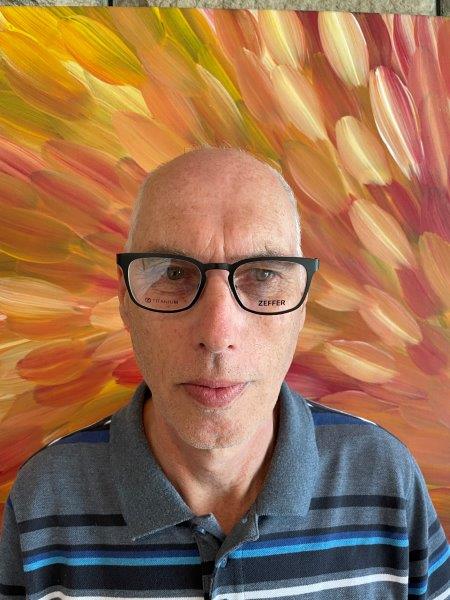
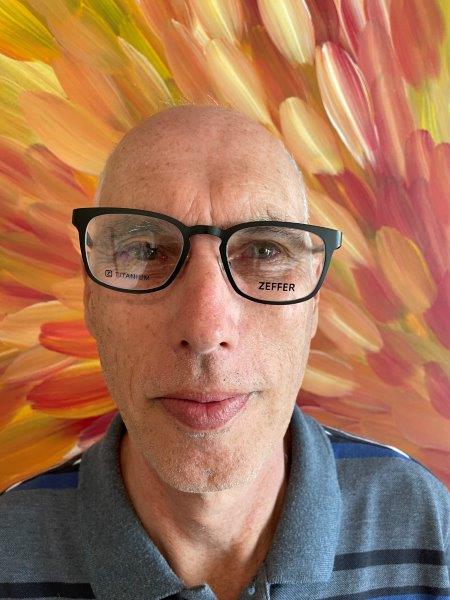
Good vs poor horizontal alignment – it is clear how this would affect the accuracy of height measurements
This step also includes checking the wrap of the frame front. Is it even and following the curve of the face? Are the back vertex distances even and the nose pads sitting flush and evenly spaced?
Step 2: pantoscopic angle
A pantoscopic angle of between 8-12⁰, or 10-12⁰ for progressives, is ideal. This will ensure the spectacles work to their full potential visually as well as sitting and feeling better on the wearer. Consider progressive lenses that do not have enough tilt – when the patient looks down to read, they may be looking under the frame. Too much tilt can also be an issue. Spectacles consistently resting on a patient’s cheeks will be annoying. A well-done final fitting ensures comfort as well as optical clarity.
Frame selection pays a big role in the success of this step. When assisting with frame selection, DOs need to be check if that particular frame can be adjusted into a good final fitting – can the hinges be adjusted to alter the pantoscopic angle? This will ultimately save time and remakes.
Step 3: side width
Have you had a customer come back to your practice saying their glasses are too loose, only to observe they are already leaving indents on their temples? Don’t fall into the trap of reducing the side width as the only means to stop specs falling down. Consider the analogy of squeezing an orange seed: when too much pressure is applied it will slip from between your fingers. Too much pressure at the side width can contribute to headaches and, in some circumstances, skin irritation.
Issues are also created with not enough pressure, which is often overcompensated for with the side bow and anatomical bend exerting unnecessary pressure.


Side bow – too much will result in indents and pressure on the temples
Step 4: side bow
What does a good side bow look like? It should follow the contour of the head. Too much side bow can lead to a more exaggerated anatomical bend to secure the specs, or the length to bend is made too short.
Step 5: length to bend
It is recommended for the length to bend to be 2mm behind the base of the ear. Closer than that may put unnecessary pressure on the back of the patient’s ears; farther than that and the specs will have a tendency to sneak down your patient’s nose. It may not be when they are with you, it could be while walking, looking down to read, or when there is moisture in the air.
Step 6: anatomical bend
This step can be overlooked and the benefits missed for patients. This is the step ACOD trainer Elizabeth Sumner has found students struggle with the most initially. In her experience, it is also the step that with training students see the strongest improvement.
The shape should be a single hockey-stick-like bend. Take care not to make it too sharp: too close to 90⁰ and the temple tip will dig into the back of the ear. Ensure it is one bend, rather than two or three gentle bends (rainbow bend). Do this by heating the temple tip and straightening from the original position before making the final fit bend. Flicking out the very end of the temple tip to alleviate pressure in this area could save patients pain and dispensers time from returning adjustments if done correctly at collection.
Every patient is unique, which includes their level of sensitivity. For some, pressure around the mastoid bone can trigger headaches and, in some circumstances, migraines. An indent in the temple tip to follow any grooves in the bone structure will contribute to a secure fit without having to apply pressure.

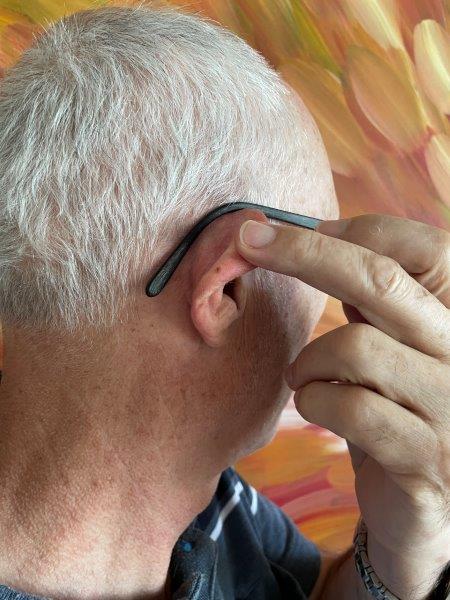
A secure and effective anatomical bend following the back of the ear and mastoid area without digging vs a bend which will result in the spectacles slipping
Essentially, without a good fitting at both dispense and collection, the spectacles will not perform as intended. A well fitted pair of spectacles makes for a happy customer and their satisfaction is the first step in building loyalty.
References
- Jalie, M 2008 Ophthalmic Lenses and Dispensing, 3rd edition, Elsevier Butterworth Heinemann, Edinburgh
- Wilson, D & Daris S 1999, Practical Optical Dispensing, 3rd edition, The Open Training and Education Network, Strathfield, NSW
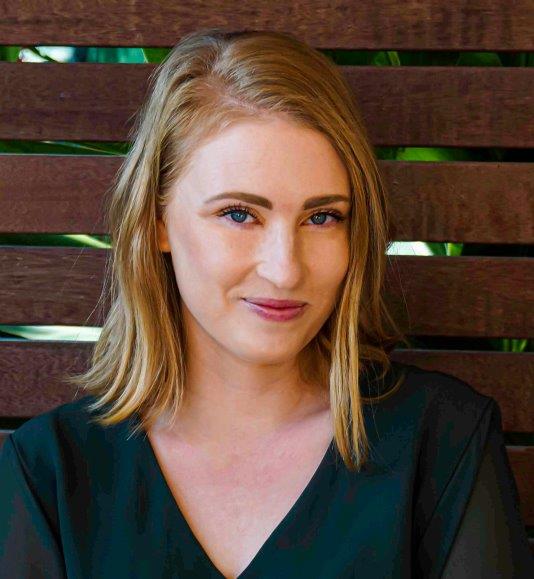
Virgilia Readett has been working in optics since 2012 and is based in New South Wales, Australia, where she teaches with ACOD. She holds a certificate IV in optical dispensing, certificate IV in training and assessing and a BA in communications.






